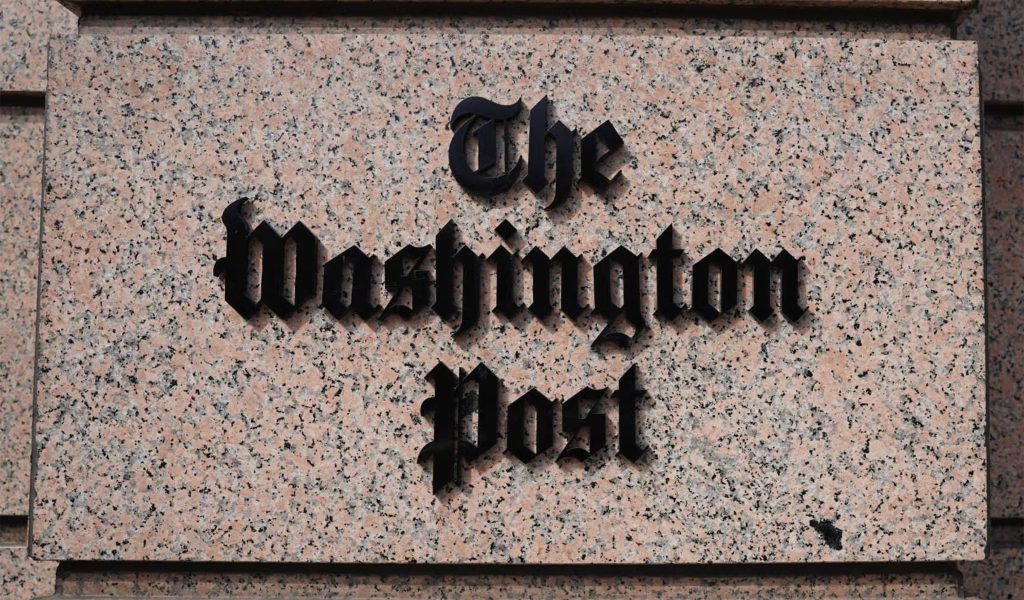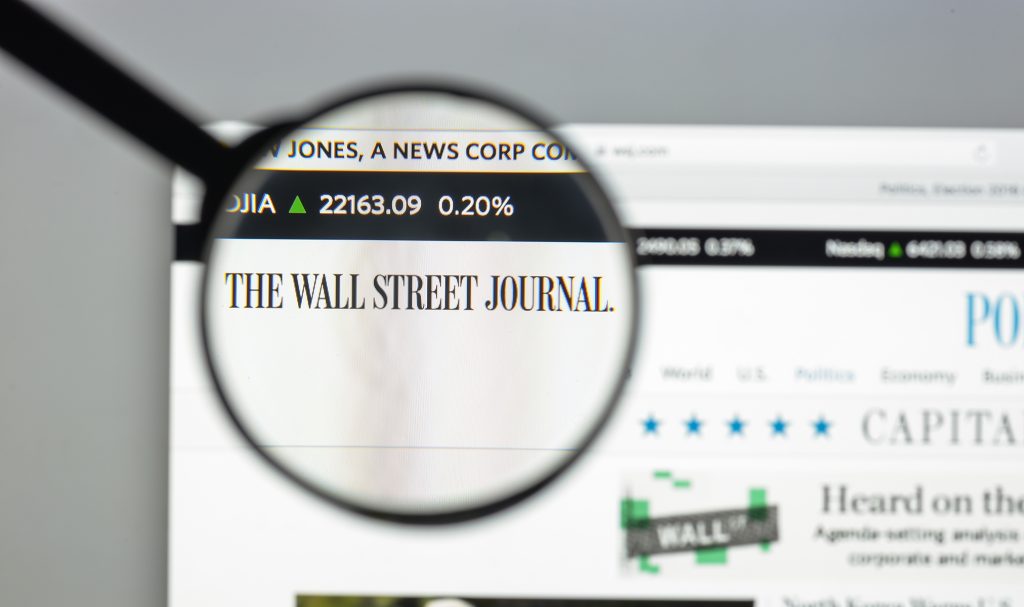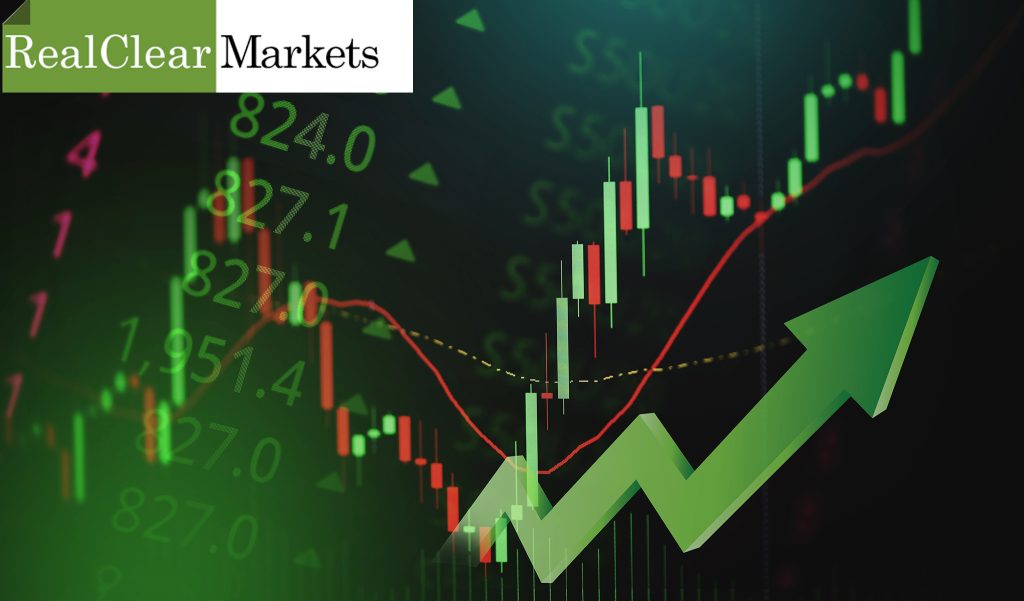On the matter of Donald Trump’s much lauded (by supply siders, oddly enough) 2017 Tax Cuts and Jobs Act, it’s anecdotally difficult to find a rich person who actually saw his or her taxes go down. Of course, that’s seemingly the point.
As supply sider Steve Moore has made plain for quite some time, the Trump Tax Cuts didn’t reduce the tax burden on the rich. Phil Gramm has said much the same. In a 2017 letter to the editor published at the Wall Street Journal, Gramm and writing partner Mike Solon wrote that “the nonpartisan Joint Committee on Taxation found that it [Tax Cuts and Jobs Act] made the world’s most progressive tax system even more progressive.” Writing at RealClearMarkets about the Trump tax cuts and their looming discontinuation, longtime Jack Kemp lieutenant Bruce Thompson wrote that “more than three-quarters of the individual tax cuts went to taxpayers earning less than $500,000 a year.”
Never forget that if tax cuts are meant to stimulate the supply side, the only way to achieve the latter is by reducing the tax burden on the rich. And that’s not a knock on supply-side economics. In truth, it’s a feature of supply-side economics. In the taxation sense, supply-side economics is all about kicking class warfare to the curb, including the hideous notion that the rich, for being rich, must be taxed more.






